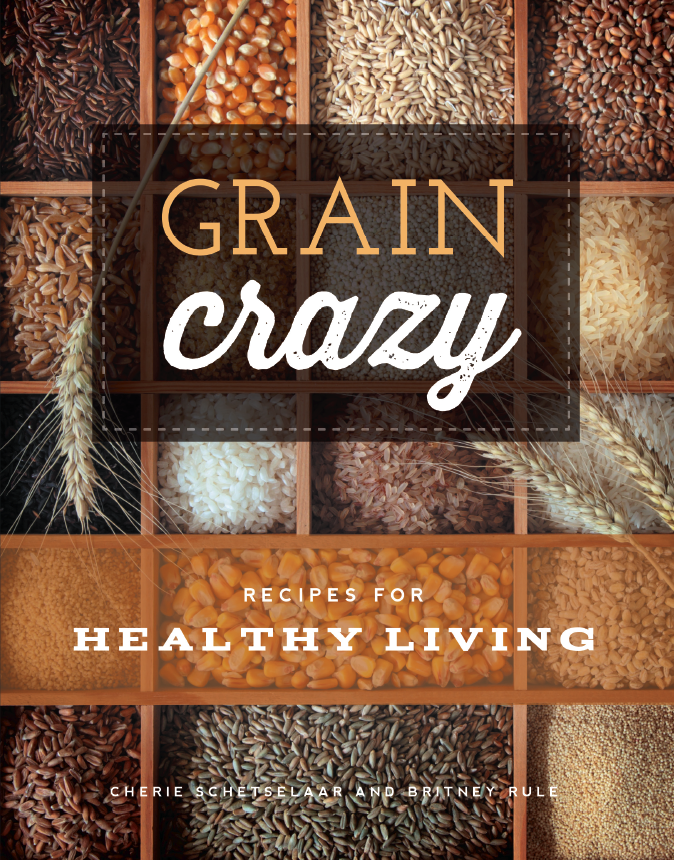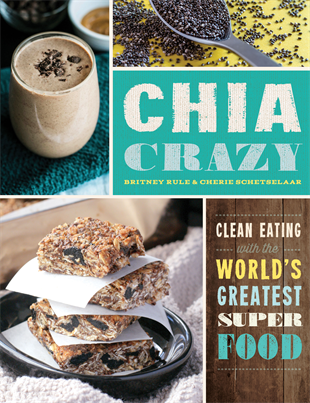Find more awesome tips like these in our upcoming book, Grain Crazy!
Making your recipes healthier isn't actually that hard! But where do you start? It seems so overwhelming, but it really is so simple! First, lets start with fats. We'd all like less unhealthy fat in our lives, right? But what do you substitute and when?
How Do You Make Your Recipes Healthier?
There are two basic ways we change our recipes. They're pretty simple.
1.
Substitute unhealthier fats with a
healthier fat.
2.
Use less. Cut out a portion of the fat the
recipe calls for.
All fats are not
created equal. Your body needs some fat, but there are certain kinds that are
best to avoid and certain kinds that provide health benefits for your body. In
general, stay away from trans fats, saturated fats, and cholesterol, and
replace them with monounsaturated and polyunsaturated fats. In other words, try
to get your fats from plants, fish, and healthy oils instead of dairy or solid
fats (like shortening and lard), and meat products.
What Does This Mean for Our Cooking?
We try to use healthy fats. We do not use shortening and
rarely use butter. We usually use olive oil, grapeseed oil, or coconut oil. We
also try to cut down the amount of fat we use or use other ingredients in place
of oils and fats.
Fats We Use
(1) Olive oil: a monounsaturated (good!) fat that we use
in main dishes. It has a stronger flavor, so most people don’t prefer it in
baking.
(2) Grapeseed oil: an oil virtually identical to
olive oil in nutritional content. It doesn’t have much flavor, which means it
can be used in baking. We also love to use it in salad dressings.
(3) Coconut oil: an oil we use in baking. It’s
solid at room temperature, but melts easily. It easily substitutes for both
oils and solid fats. There is conflicting information on coconut oil, but
recent research has shown that there are fantastic health benefits to be gained
from eating it regularly that outweigh the negatives. While coconut oil
contains saturated fat, it also has properties that lower bad cholesterol
levels. We have chosen to use coconut oil in my cooking. You can research and determine
whether this fat is right for you. Nutritional information is always changing,
so be sure to keep updated on the latest research.
The previous fats can be substituted for solid fats and
oils at a 1 to 1 ratio
(4) Other substitutes include applesauce, bananas,
beans, or pumpkin. All of these ingredients can be used in baking in place of
oil. They can affect the taste of the finished product, but lower the fat and
calorie content considerably.
(5) Applesauce: This works in baking when you are
not creaming the oil as you do in cookies. Mashed bananas and pumpkin: These have a stronger
taste, but that could work in your recipe just as applesauce would.
(6) Beans: also a great alternative. (I know! Crazy!) I have had
pinto bean fudge that had no noticeable taste from the beans at all. And I tried it our on a whole convention-worth of people, and no one knew, so I'm sure on that.)
oil with beans, use the bean that matches the color of your finished product,
puree it, and add just a little water.
These last options take a little bit of work and a little
more trial and error. Substitute all of the ingredients at a 1 to 1 ratio to
the oil and fat. To make your substituting less prone to trial and error, just
substitute a part of the oil.
Also, add seeds and nuts to your recipes where appropriate.
These contain healthy fats. Use these for a snack instead of processed foods to
decrease your fat intake.Cutting Down on Fat
We often cut down the total amount of fat by a small
amount—1/8 to 1/4 of total fat—when we are altering recipes. Keep a record of
the changes you make next to your recipe so you can replicate the results or
further cut down fats next time.









No comments:
Post a Comment